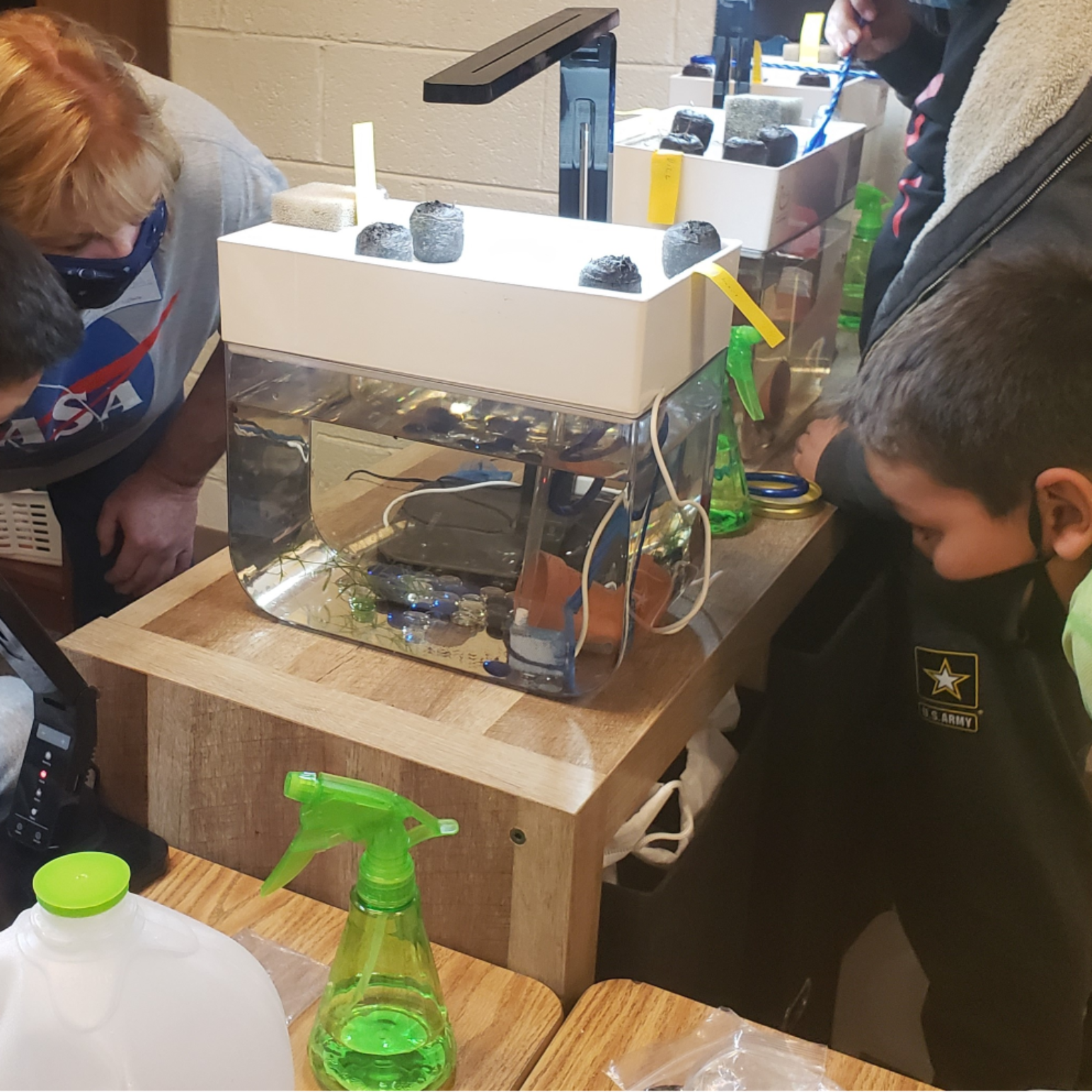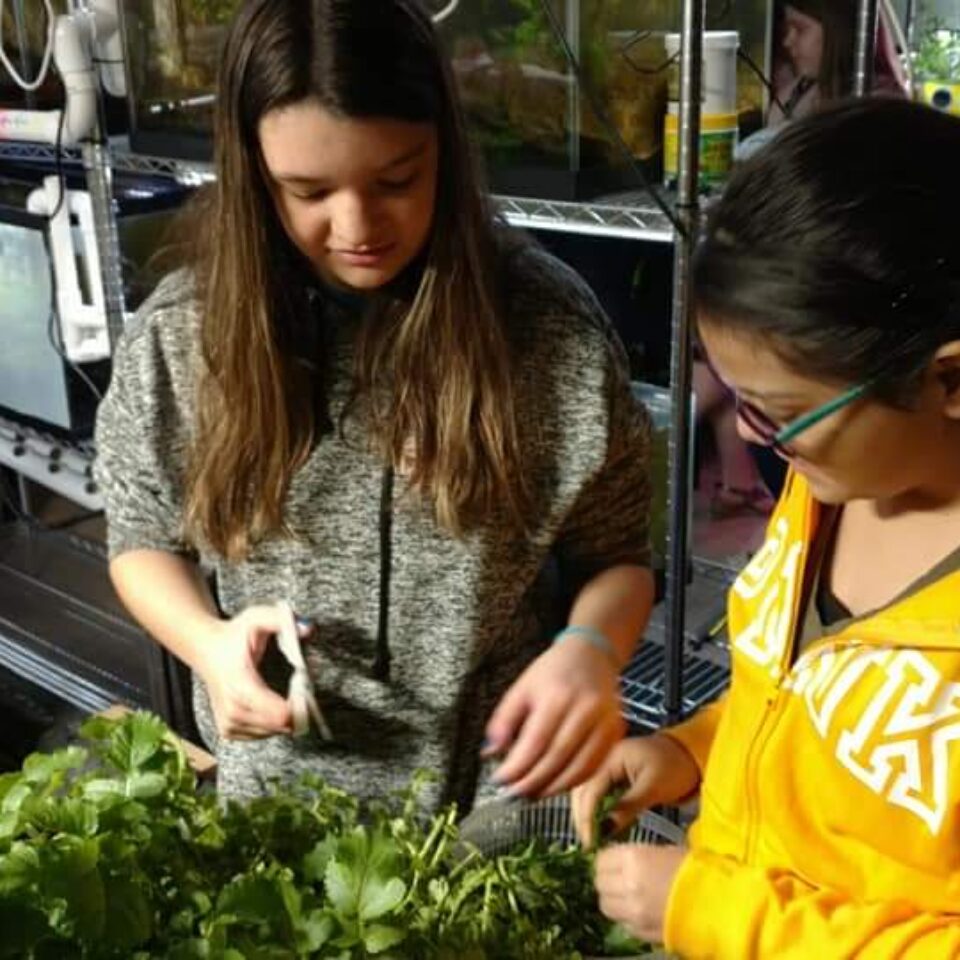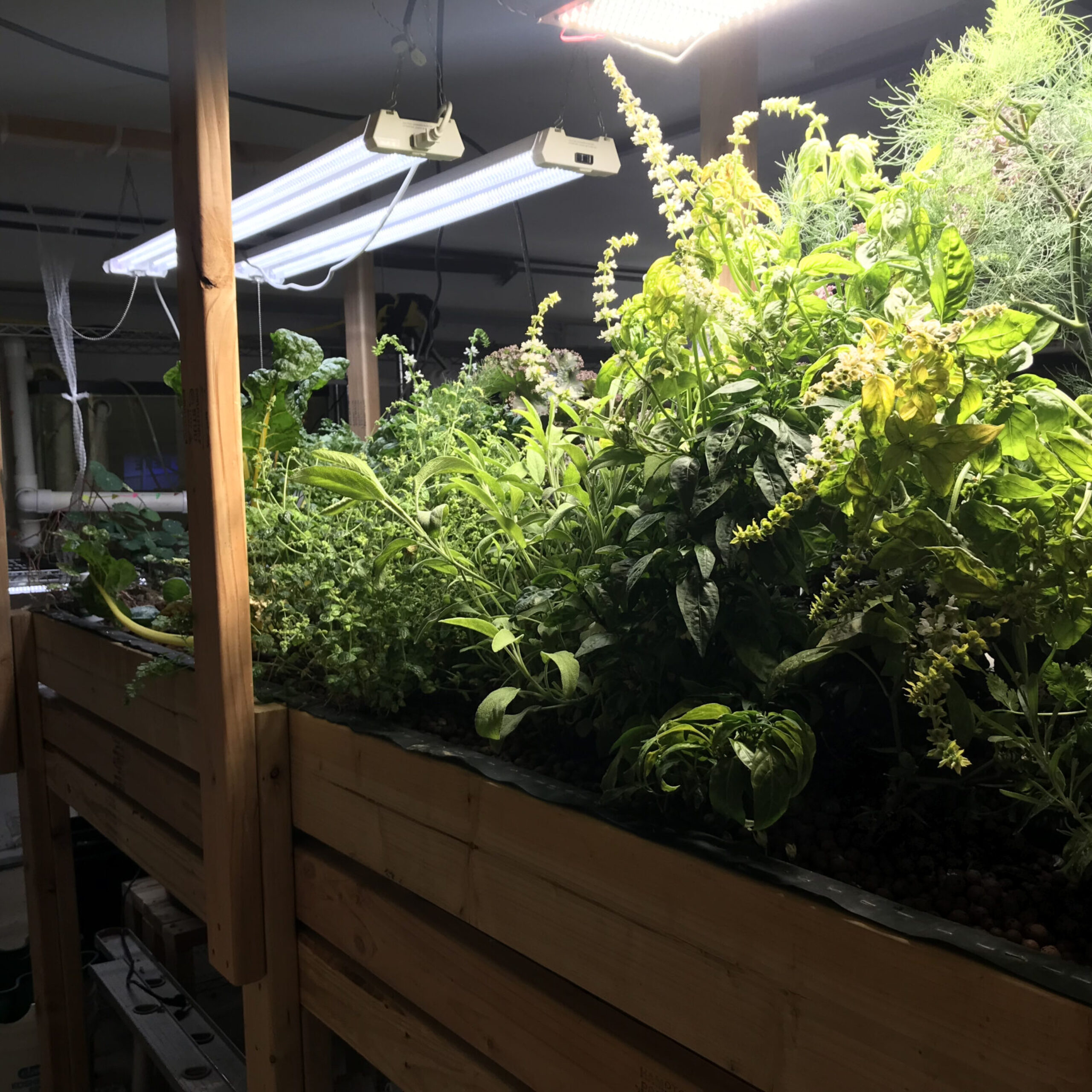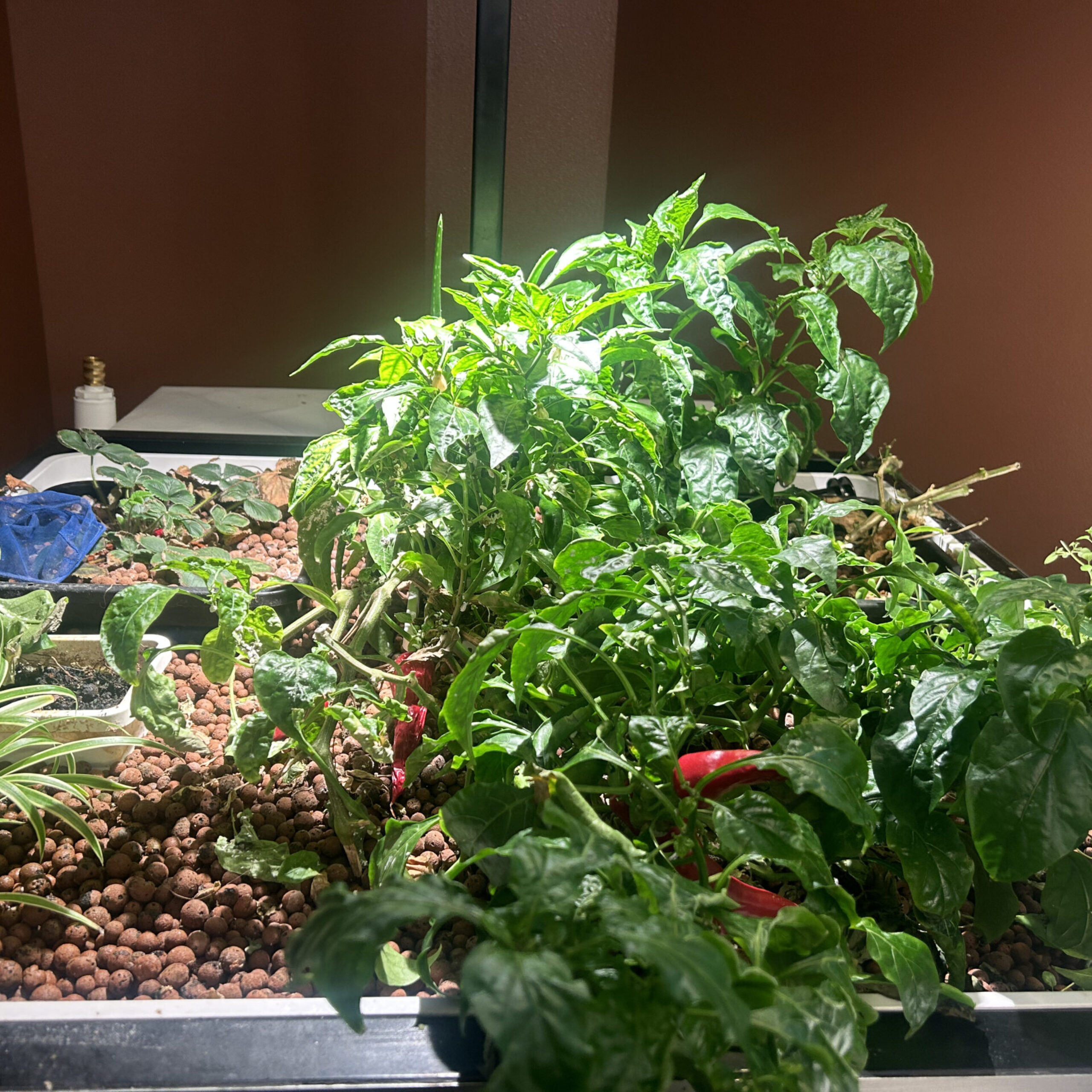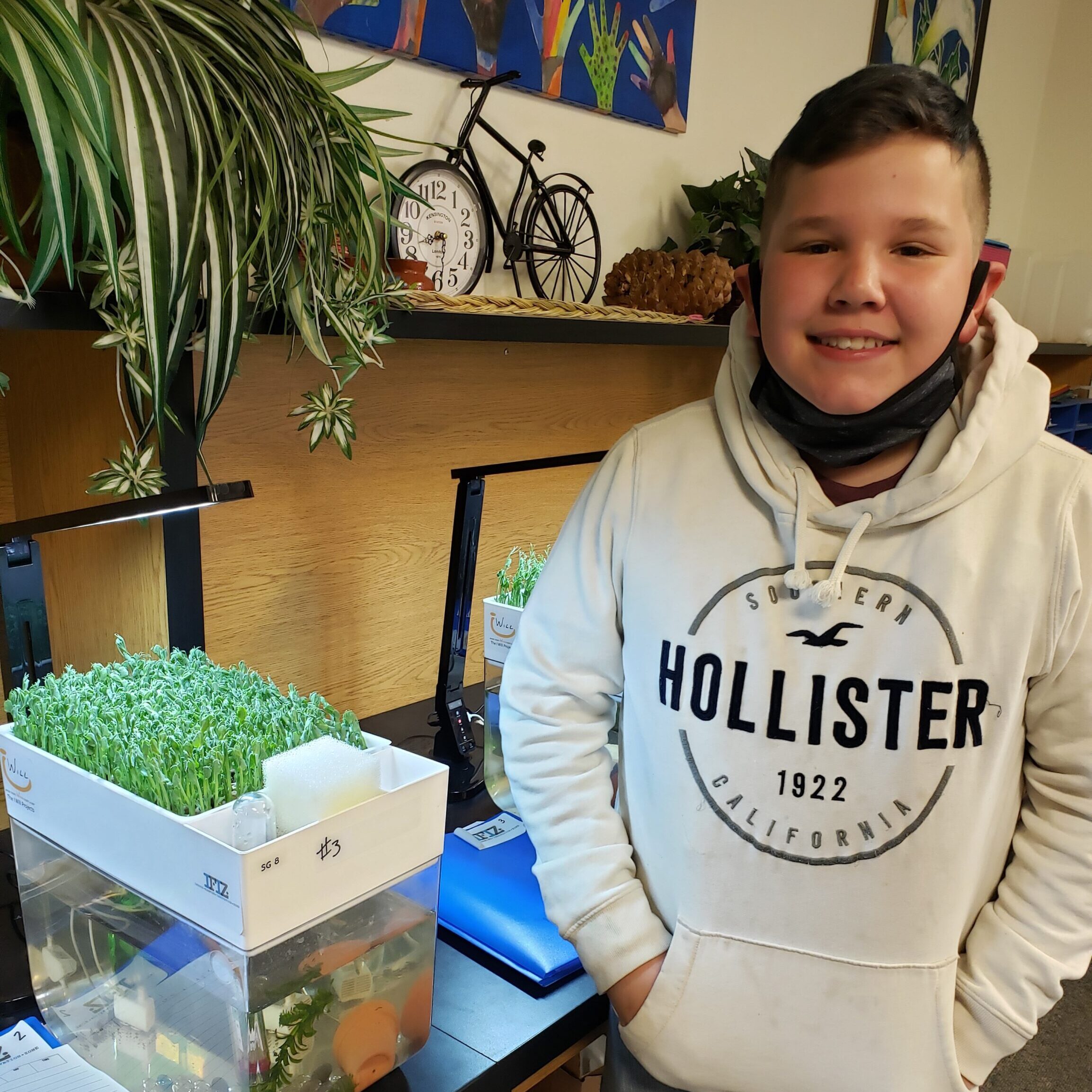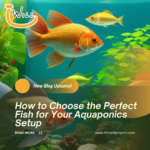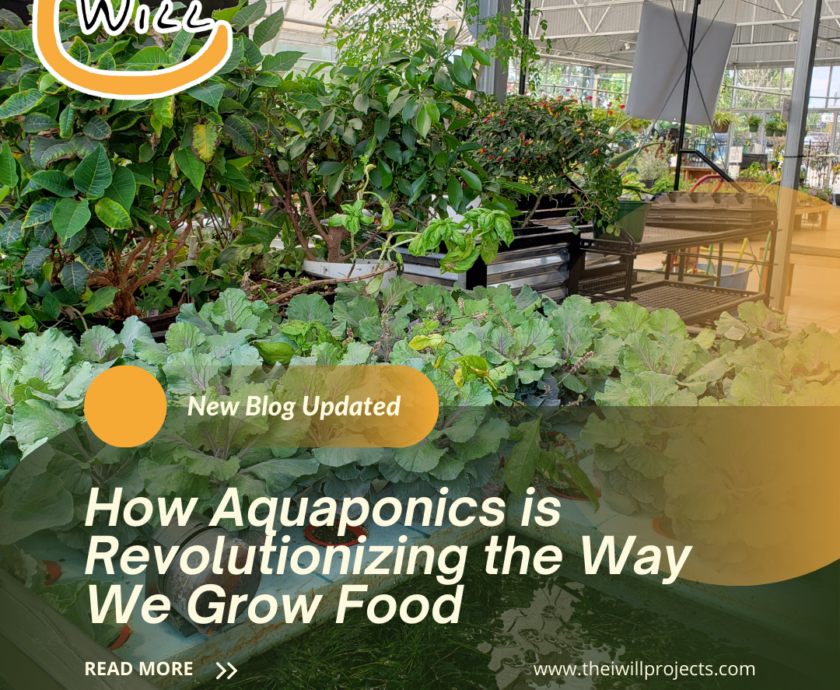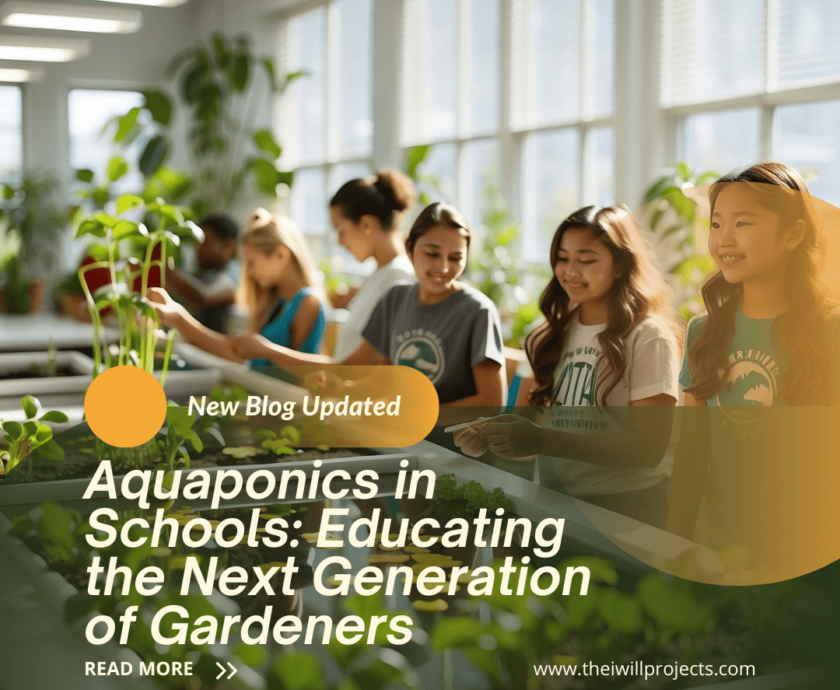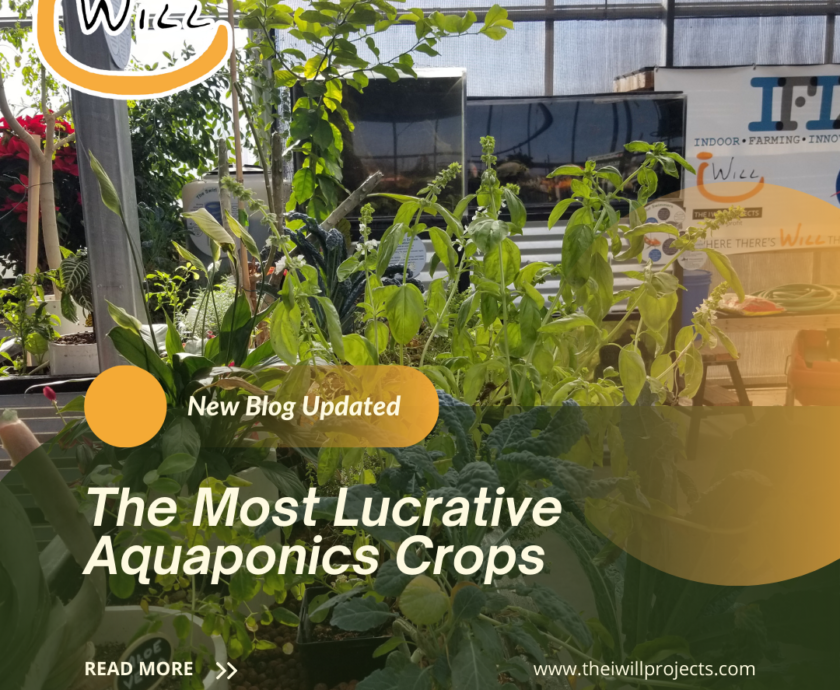Witnessing the beauty of aquaponics reminds us that innovation can emerge from nature’s own blueprint.
TweetTable of contents
Introduction to Aquaponics
Understanding Aquaponics
Aquaponics is a sustainable farming method that combines aquaculture (raising fish) and hydroponics (growing plants without soil). This closed-loop system works by circulating water from the fish tank to the grow bed, harnessing the nutrient-rich fish waste to nourish the plants. In turn, the plants purify the water by absorbing these nutrients, which then returns to the fish tank, creating a cycle that benefits both fish and plants.
Benefits of Aquaponics
The magic of aquaponics lies in its efficiency and sustainability. It conserves water by recycling it through the system, eliminating the need for soil which reduces the risk of soil-borne diseases, and it generates two types of produce – fish and plants. Furthermore, an aquaponics system can be set up virtually anywhere, making it an excellent option for urban farming or home gardening.
Essential Elements of an Aquaponics System
The Fish Tank
The fish tank, or the aquaculture component of the system, is where your fish will live. It should be sturdy, waterproof, and non-toxic, with enough space for your fish to grow and move comfortably.
The Grow Bed
This is where your plants will grow. The grow bed should be deep enough to support your plants and the grow media, typically around 12 inches. It should also be placed above the fish tank to allow gravity to return the filtered water to the fish tank.
The Water Pump
An efficient water pump is crucial in circulating water from the fish tank to the grow bed. The size of the pump will depend on the size of your system. Ensure that it can pump at least half of your fish tank’s volume every hour.
The Aeration System
Fish need oxygen to survive. Thus, an aeration system, which can be as simple as an air pump and air stones, is necessary to keep the oxygen levels in the fish tank optimal.
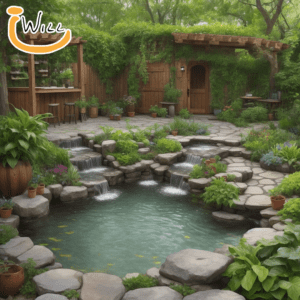
The Top 10 Must-Have Supplies for Your Aquaponics System
In this section, we delve into the heart of the matter—The Top 10 Must-Have Supplies for Your Aquaponics System. We’ll discuss each supply, why it’s necessary, and how it contributes to a successful aquaponics system.
Aquaponic Fish
Your choice of fish plays a significant role in the success of your aquaponics system. Some popular options for aquaponics include tilapia, trout, and goldfish. When selecting fish, consider your local climate, the size of your fish tank, and the kind of food the fish eat.
Aquaponic Plants
Like fish, the type of plants you choose to grow also matters. Leafy greens like lettuce, spinach, and herbs do well in aquaponics systems. You can also grow fruiting plants like tomatoes and cucumbers, but they generally need more nutrients.
Water Testing Kits
Water quality is crucial in an aquaponics system. Regular testing for pH, ammonia, nitrite, and nitrate levels is required to ensure the health of both the fish and the plants. Water testing kits are affordable and easy to use.
Fish Food
The quality of fish food directly affects the nutrient content in the system. Choose a high-quality fish food, preferably one that’s organic and specifically formulated for aquaponics.
Lighting System
Plants need light for photosynthesis. If your system doesn’t get enough natural light, you’ll need an artificial lighting system. LED grow lights are a great option as they are energy-efficient and can provide a full spectrum of light.
Grow Media
In an aquaponics system, the grow media replaces soil. It provides support for the plants and a surface area for beneficial bacteria to grow. Common choices include clay pebbles, perlite, and rockwool.
Water Heater
If you’re raising tropical fish or if the temperature in your area drops significantly at night, you might need a water heater to maintain the right temperature in your fish tank.
Air Pump
An air pump, part of your aeration system, is vital in providing oxygen for your fish and facilitating the nitrification process carried out by beneficial bacteria.
Air Stones
Air stones help distribute the oxygen generated by the air pump more evenly and efficiently throughout the fish tank.
Net Pots
Net pots hold the plants in the grow bed. They allow the plant roots to access the nutrient-rich water while keeping the plant stable.
Maintaining Your Aquaponics System
Regular Cleaning
It’s essential to keep your aquaponics system clean to prevent the build-up of solid waste and harmful bacteria.
Systematic Check-ups
Perform regular checks on all the components of your system to ensure they are working properly. Regular observation also helps you notice any changes in your fish or plants early.
Proper Feeding Practices
Overfeeding your fish can lead to water quality issues. Feed only what your fish can consume in a few minutes.
Regular Water Testing
As mentioned earlier, maintaining water quality is crucial in an aquaponics system. Regular water testing helps you detect and address any potential issues early.
Troubleshooting Common Aquaponics Problems
Water Quality Issues
If your water tests reveal high levels of ammonia, nitrites, or nitrates, or if the pH is off, you’ll need to identify and address the cause to prevent harm to your fish and plants.
Plant Health Problems
If your plants are wilting, yellowing, or showing signs of nutrient deficiency, you might need to adjust your feeding practices, lighting, or water quality.
Fish Health Issues
Signs of unhealthy fish include erratic swimming, loss of appetite, or visible signs of disease like spots or fungi. If you notice any of these signs, it’s crucial to identify the cause and take appropriate action.

Conclusion
Building an aquaponics system at home is an exciting venture that pays off in the form of fresh, organic produce right at your fingertips. This guide on The Top 10 Must-Have Supplies for Your Aquaponics System is a stepping stone towards creating a sustainable, efficient, and thriving aquaponics garden. With patience, observation, and continuous learning, anyone can master the art of aquaponics.
FAQs
What are the benefits of an aquaponics system?
The benefits of an aquaponics system include water conservation, no need for synthetic fertilizers, and the ability to grow both fish and plants.
What type of fish is best for an aquaponics system?
Tilapia, trout, and goldfish are popular choices for an aquaponics system.
How often should I feed my fish in an aquaponics system?
It’s best to feed your fish once or twice a day, only what they can consume in a few minutes.
Do I need to replace the water in my aquaponics system?
In a well-balanced aquaponics system, you don’t need to replace the water. The system recirculates the water continuously.
How often should I test the water in my aquaponics system?
You should test the water in your aquaponics system at least once a week.
How do I maintain a healthy aquaponics system?
To maintain a healthy aquaponics system, clean regularly, check your system components often, feed your fish properly, and test your water regularly.
The I Will Projects, a 501(c)3 organization serving communities since 2014, believes in multiple solutions to address global challenges. Our IFIZ education programs focus on general aquaponics, growing microgreens and sprouts, and insect farming. These programs empower communities by expanding knowledge, developing collaboration, and advocating for sustainable innovation. Our aim is to contribute to a regenerative food system, ensuring access to healthy food and recognizing food as medicine. Click Here to Learn More.



